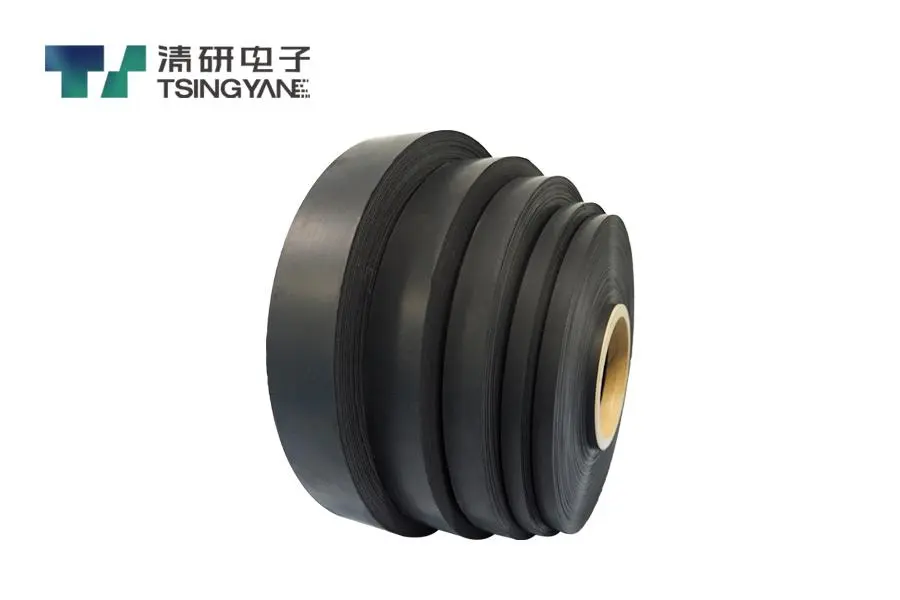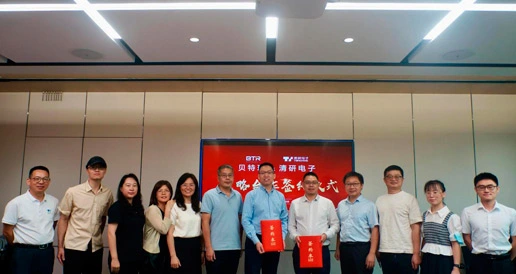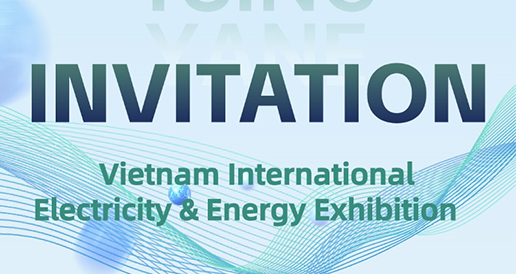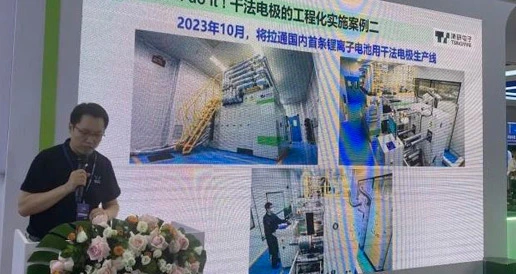Tesla's 4680 battery cell has sparked excitement as a breakthrough for electric vehicles, promising extended range, faster charging, and lower costs. While its larger size is notable, the true innovation lies in its revolutionary manufacturing process: dry electrode coating. This cutting-edge technique has the potential to redefine EV battery production. What makes dry electrode coating so transformative, and why is it pivotal to Tesla's bold energy goals? Let's dive into the details.
To grasp the significance of dry electrode coating, it's essential to understand the shortcomings of conventional battery manufacturing. Most lithium-ion batteries are produced using a wet coating process, where electrode materials such as nickel, cobalt, or graphite are mixed into liquid solvents, applied to metal foils, and dried in energy-intensive ovens. This method consumes roughly 30% of a battery factory's power for drying, depends on toxic chemicals like N-Methyl-2-pyrrolidone (NMP), and slows production due to lengthy drying times.
Tesla's dry coating innovation, acquired through its $218 million purchase of Maxwell Technologies in 2019, overcomes these challenges. By eliminating liquid solvents, dry electrode coating compresses dry electrode powder into a thin film, bypassing the need for drying ovens and significantly reducing energy demands. This process takes minutes rather than hours, streamlining production and serving as a cornerstone of the 4680 battery's design.

Dry electrode coating unlocks the full potential of the 4680 battery, delivering several advantages over traditional methods. First, dry coating enables higher energy density by producing thicker, denser electrodes that pack approximately 16% more energy into the same space. This could translate to EV ranges exceeding 500 miles, a major advancement for drivers.
Second, the absence of drying accelerates coating speeds by up to 10 times, boosting production efficiency and potentially cutting cell costs by 20% at scale, making EVs more affordable.
Moreover, dry-coated electrodes enhance battery longevity and safety. Their improved particle bonding reduces cracking, supports faster charging with less degradation, and minimizes fire risks by eliminating solvent residues. From an environmental perspective, the solvent-free nature of dry coating creates cleaner factories and simplifies recycling, aligning with Tesla's “zero-waste” vision and strengthening its commitment to sustainability.
Despite its transformative potential, Tesla faces significant obstacles in mass-producing defect-free 4680 cells using dry electrode coating. Electrode adhesion remains a key challenge, as dry powder layers can peel or crack under pressure. Inconsistent coating thickness also impacts performance reliability, while high-speed dry coating presses require further development to meet large-scale production needs.
Tesla is addressing these hurdles strategically. The company is recruiting top battery experts, including talent from competitors, to bolster its technical expertise. It is also gradually scaling 4680 production, currently deploying these cells in the Model Y AWD while refining the process. Additionally, Tesla is exploring new binder materials to enhance electrode durability, aiming to resolve these issues and achieve consistent quality at scale.
Tesla's roadmap for dry electrode coating and the 4680 battery is ambitious, with clear milestones on the horizon.
From 2024 to 2025, Tesla plans to expand the use of 4680 cells to vehicles like the Cybertruck and Tesla Semi. By 2026, full-scale adoption across its Gigafactories could begin, potentially enabling the production of Tesla's rumored $25,000 EV, which would make electric vehicles more accessible to a broader audience.
Competitors like Toyota and BMW are investigating dry electrode coating, but Tesla's early adoption and expertise give it a significant edge, likely by a couple of years, according to industry observers. Meanwhile, startups like QuantumScape are focusing on solid-state batteries, but the cost-effectiveness and scalability of dry coating may make it the preferred technology in the near term.
Dry electrode coating is far more than an incremental improvement—it's Tesla's most audacious step toward dominating the EV market with affordable, high-performance vehicles. If Tesla can perfect dry coating, it could cement its leadership in EV affordability, revolutionize grid storage with cost-effective batteries, and establish a new benchmark for sustainable battery production. The 4680 cell is just the starting point. As Tesla continues to refine dry electrode coating, the automotive industry will be compelled to follow suit in the race toward a cleaner, electrified future.
 New-Quality Productivity! Reach a Strategic Cooperation with BTR to Integrate and Develop the Dry Electrode Industry Chain and Innovation Chain.
New-Quality Productivity! Reach a Strategic Cooperation with BTR to Integrate and Develop the Dry Electrode Industry Chain and Innovation Chain.
 INVITATION:Vietnam InternationalElectricity & Energy Exhibition
INVITATION:Vietnam InternationalElectricity & Energy Exhibition
 ''Process Equipmentization'' Helps Promote the Large-Scale Mass Production of Dry Electrodes! CIBF2024
''Process Equipmentization'' Helps Promote the Large-Scale Mass Production of Dry Electrodes! CIBF2024